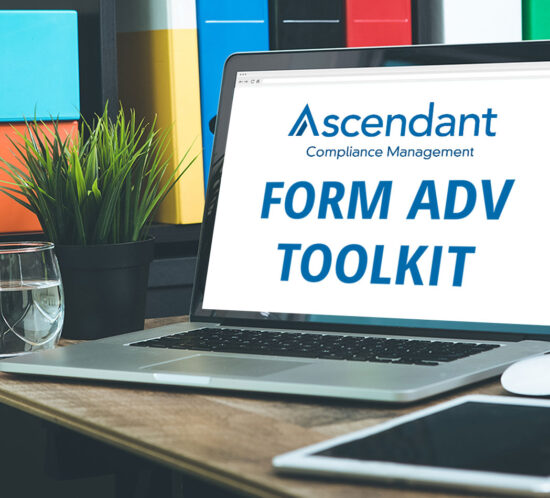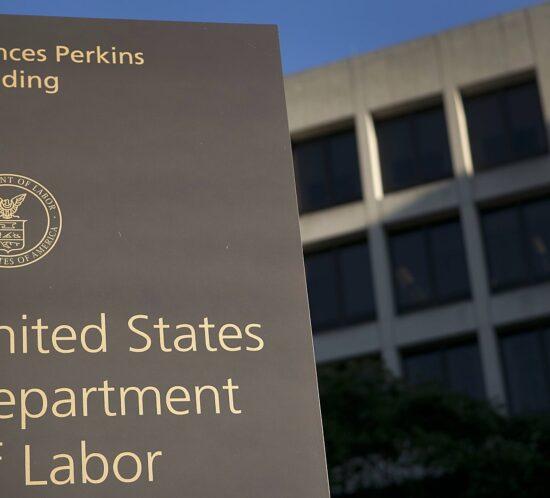SEC Reporting Modernization Ready with CSS
Clean and timely source data
Timely, accurate, complete and consistent data are required for Form N‐PORT (30 days after month end) and Form N‐CEN (75 days afterer year end), with any failure bringing regulatory and consumer censure. Firms will need to create a centralized auditable store of clean data brought together from multiple internal and external sources.
Compliance workflow management
With tight timelines, firms will be hard pushed to implement an efficient sign‐off process that has the appropriate balances and checks to ensure accurate and timely filing. Quality control, with multi‐eye approval and a built‐in audit trail, are key to meeting requirements.
Organizational scale
The changes are going to challenge most firms’ organizational scale – the rules involve a near doubling of the data points while the reporting period is halved. Firms will need to choose support that can accommodate multiple filings and sources, with increased resource available at peak times.
End‐to End process control
Firms need to be cognizant of the consistency of reporting across different public venues where their data is visible.
The key will be automation and making sure they have the right vendors in place to handle requirements.








 The types of electronic messaging in the examination include those of the Adviser and the Adviser’s personnel (including independent contractors) used for the Adviser’s business and subject to the Books and Records rule (Rule 204-2(a)(7) or (11)).
The types of electronic messaging in the examination include those of the Adviser and the Adviser’s personnel (including independent contractors) used for the Adviser’s business and subject to the Books and Records rule (Rule 204-2(a)(7) or (11)).
 In addition to the above, the final
In addition to the above, the final 
 With a glimpse of improved clarity however, has come action.
With a glimpse of improved clarity however, has come action.